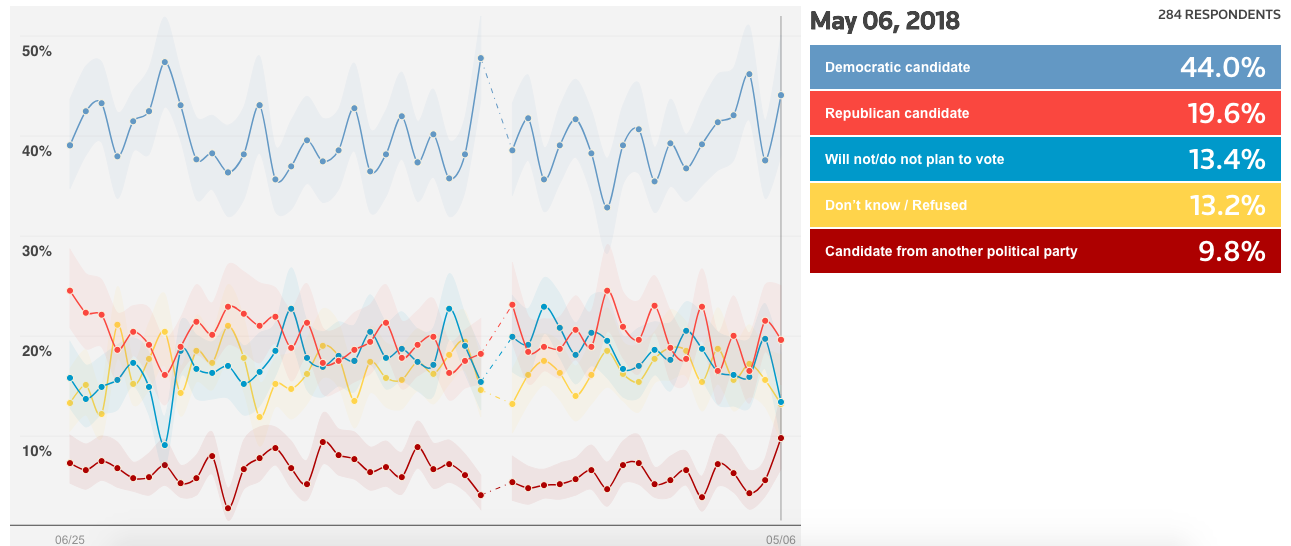How should we think about ambition? Here are four possibilities:
- It’s basically a sin. According to the OED, “ambicioun” already appears in 1449 on a list of “vicis” (vices), right between “pride,” and “vein glorie.” It’s the selfish desire to extract credit, regardless of the merit of one’s act. If it motivates good action, then the action is good, but not the motive. It would have been better if the actor had been moved by something else. In that sense, it’s like greed, which can spur people to make valuable products but still discredits the actor.
- It’s a natural motivation that human beings just have, to various degrees. There’s not much point moralizing about it. What we should do is figure out how to channel it to good ends. For instance, in a well-functioning republic, people who have political ambitions must persuade the public, and that channels their ambitions to public ends. The analogy is not to “greed” (which is, by definition, a vice) but to ordinary financial motivations. It’s neither good nor bad that people want money; the question is whether the economy rewards good products and services.
- It’s not an appropriate category for ethical assessment because it’s really two or more different things. There is the ambition to make the world a better place and be recognized for it, which is honorable. And there’s the ambition just to be famous or powerful, which is pernicious. Much as we can distinguish agape from lust as two of the many forms of love, so we should divide ambition into varieties and then assess them separately.
- It’s a good thing. John Adams observed, “Wherever men, women, or children are to be found, whether they be old or young, rich or poor, high or low . . . ignorant or learned, every individual is seen to be strongly actuated by a desire to be seen, heard, talked of, approved and respected by the people about him and within his knowledge.” Hannah Arendt quotes this passage approvingly because, in general, she admires human beings who step into the public sphere to be “seen, heard, talked of, approved and respected.” That is not merely a motivation to do a good job; it is part-and-parcel of being a public figure, which is a worthy way of life. By exercising ambition, you become a persona of history, as in Lin-Manuel Miranda’s Hamilton:
I may not live to see our glory!
But I will gladly join the fight!
And when our children tell our story…
They’ll tell the story of tonight.
I leave it to anyone who’s interested to choose among these four options or to come up with other ones. I would, however, make a couple of observations.
First, I am generally skeptical about the kind of move made in #3 above, the casuistic division of widely-used concepts into subcategories. The problem is that very often there’s something important left over when you try to make the split. For example, love is not necessarily good. Many cases of love are harmful. But the fact that love is often good (or even wonderful) necessarily colors even the bad cases, and vice-verse. Instead of trying to divide love into sharply distinct forms–romantic love, brotherly love, lust, self-love, etc. and judging each one as a category–it’s better to say that love can always be good or bad, or a bit of both. I delved deeply into this obscure issue in my book on Dante, because Dante envisions the afterworld as a system for categorizing types of love–all the way from Satan to God–yet he also sees the echoes of the good love in the bad.
Second, an anti-democratic prejudice may underlie some of the criticisms of ambition. The word comes from the Latin ambitio, which originally just meant “going around.” According to Lewis and Short’s Latin Dictionary (courtesy of Tufts’ Project Perseus), the word came to mean “the going about of candidates for office in Rome, and the soliciting of individual citizens for their vote, a canvassing, suing for office (by just and lawful means).” From there, it gained the sense of “a striving for one’s favor or good-will; an excessive desire to please, flattery, adulation.”
Ambitio translated the Greek word eritheia, which (per Thayer’s Greek Lexicon) was “used of those who electioneer for office, courting popular applause by trickery and low arts,” Aristotle, Politics 5, 3. From there, it came into the Greek New Testament to mean, “courting distinction, a desire to put oneself forward, a partisan and factious spirit which does not disdain low arts; partisanship, factiousness”: James 3:14, 16. No wonder Thomas Nashe (1593) defined the English word ambition as “any puft vp greedy humour of honour or preferment.”
This etymology reflects cynicism about the act of “going around” if you’re looking for votes. But we want people to do that. In ancient times, the main critics of seeking popular support were elitists who preferred rule by aristocrats. Almost by definition, an aristocrat is one who does not have to strive for favor or good-will, because he is just “best.” Neither Aristotle nor the New Testament makes a positive case for democratic politics.
The question is whether this etymology is rooted in a problematic elitism. In that case, we should at least be open to Arendt’s positive view.
See also: Arendt, freedom, Trump; Hannah Arendt and Lin-Manuel Miranda; taking satisfaction from politics in the face of injustice
